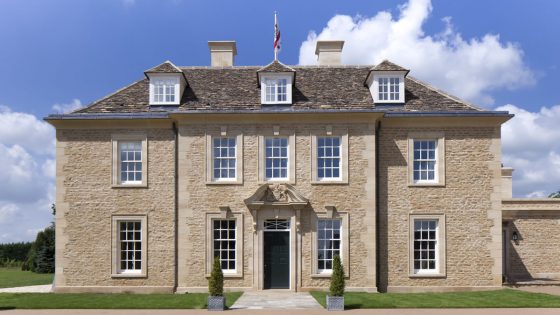There’s no reason why investing and hobbies can’t overlap – whisky, wine, antiques and classic cars are just a few of the luxury assets that can give great pleasure and a return on your investment. This Advice Paper shares some tips on collecting classic cars.
Getting started.
Classic cars can be an intensely satisfying alternative investment. They are beautiful to look at, fun to drive, give you access to all sorts of fun activities, and should prove a good long-term store of value. However, they also require good storage, maintenance, and insurance.
Authenticity is key.
As with all collectibles, the most important thing is authenticity. It’s sometimes tempting to buy a modified car – one that has been upgraded to modern spec for example. Whilst this might make for a better driving experience, it devalues it from a collector’s point of view. Ideally, try to find one with its original engine and gearbox.
Condition.
A car which is totally original, but in ‘barn-find’ condition, is the dream, and they often command a premium price. But a lengthy and expensive restoration is likely to be needed, and you should beware of cars that do not have a detailed history file with bills for maintenance and restoration over the years.
A so called ‘full body-off restoration’ should mean the whole car – including engine and mechanical parts – has been dismantled, cleaned, repaired and re-assembled, ideally by respected specialists in that marque.
To drive or to garage.
When a classic car is in a perfect state, driving it any distance can de-value it, which is why a lot of classic cars are garaged and just kept for investment.
If you’re the sort of owner who will enjoy driving your car, and even participating in Tours and Rallies such as the Mille Miglia, or the Scottish Highland Tour, look for a car which was fully restored some years ago, and has acquired a degree of patination but remains in excellent condition underneath. These can usually be bought for less than the aggregate cost of buying an unrestored car and having the work done.
Keeping your classic car.
Classic cars should be kept in a humidity-controlled environment, with the battery on charge, and driven periodically – preferably on dry days – to make sure parts are lubricated. If the car does get wet and muddy, make sure it’s cleaned off before returning to storage. No matter how far you drive the car it’s always advisable to service it annually.
Investment decisions.
If your main reason for collecting is investment, then you really need to be buying a rare model. Values are determined by supply and demand, and so low-volume production runs are the most sought-after.
The prices of iconic classics like the Aston Martin DB5 and ‘60s Ferraris have been stagnating recently. Investment buyers nowadays tend to look at ‘Youngtimers’ – a European term for the hit cars of the ’80s, as well as several makes and models previously overlooked by the blue-chip collectors.
The recent, well-publicised auction of a 1987 Sierra RS500 Cosworth at Silverstone Race Retro is a classic example. Billed as “perhaps the finest example of Ford’s most desired Cosworth ever” (there were only 500 made) it was predicted to break global auction records by selling for an estimated £150,000 to £180,000 but ended up changing hands for an astonishing £596,250 including fees!
Thanks. Tim Corfield, Corfield Morris.
© 2023 Middleton Advisors Our advice papers address top-level questions that are often raised over the course of our client relationships. This paper is not intended to offer specific advice and you should not proceed with any investment decision on the basis of the advice contained herein; we recommend that you undertake personalised consultation with Middleton or another professional advisor. Information accurate at publication date of May 2023.







